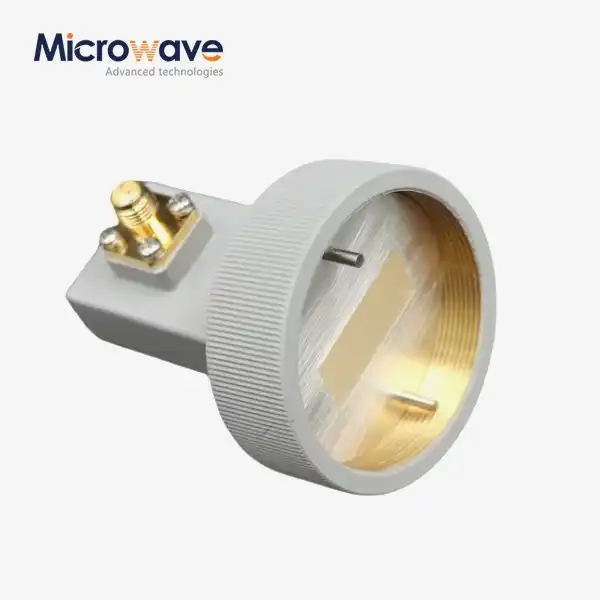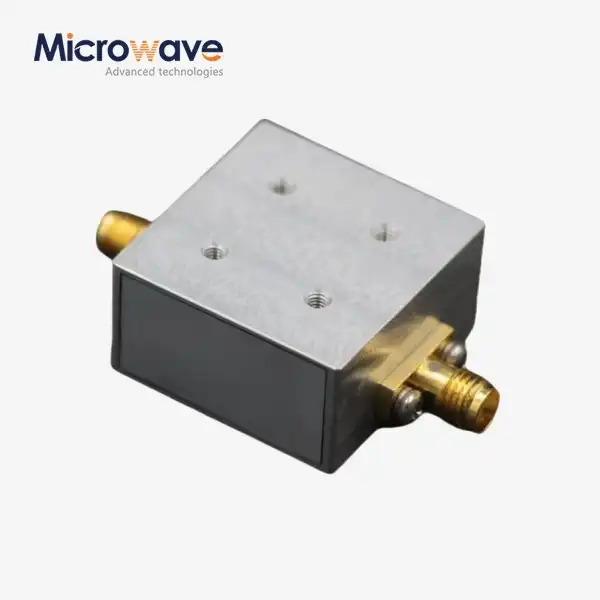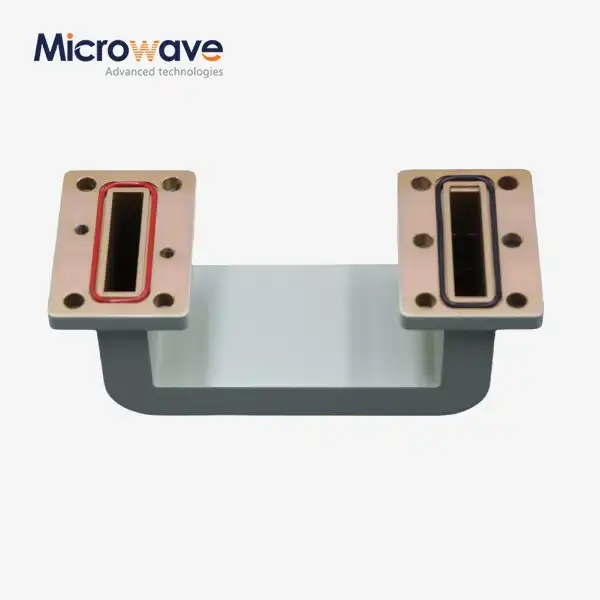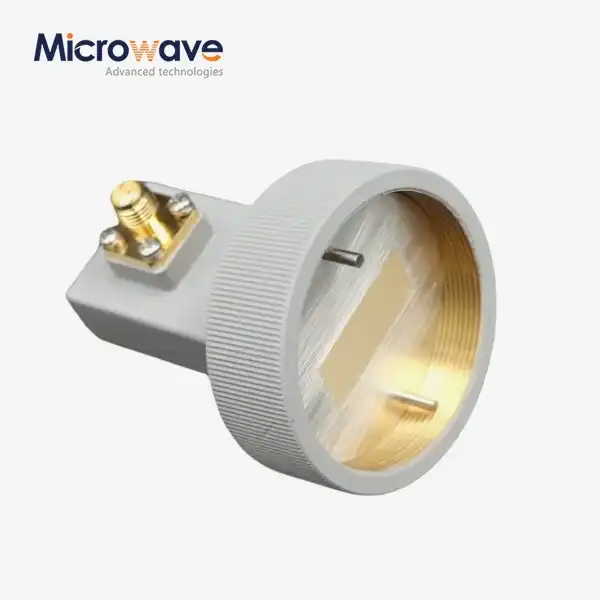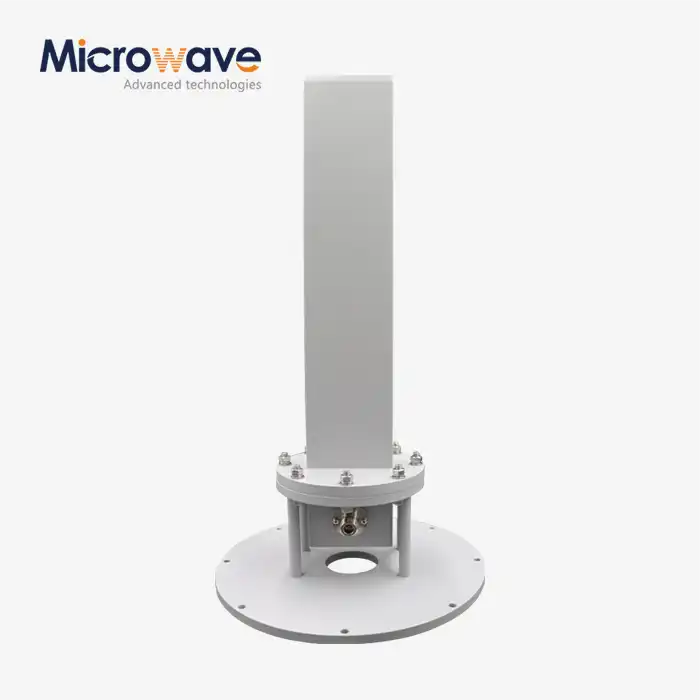Double-Ridge Waveguide for Commercial Airlines Weather Radar Installation
Every commercial airline faces the critical challenge of navigating through severe weather conditions while maintaining passenger safety and operational efficiency. Weather radar systems are the lifeline of aviation safety, but traditional rectangular waveguides often fall short when aircraft need to accommodate both C-band and X-band frequencies in a single installation. The Double Ridge Waveguide Bend emerges as the solution to this pressing problem, enabling airlines to integrate versatile weather penetration radar systems without costly dual-waveguide installations. This article explores how double-ridge waveguide technology revolutionizes commercial aviation weather radar installations, delivering reliable signal transmission across multiple frequency bands while reducing installation complexity and maintenance overhead.
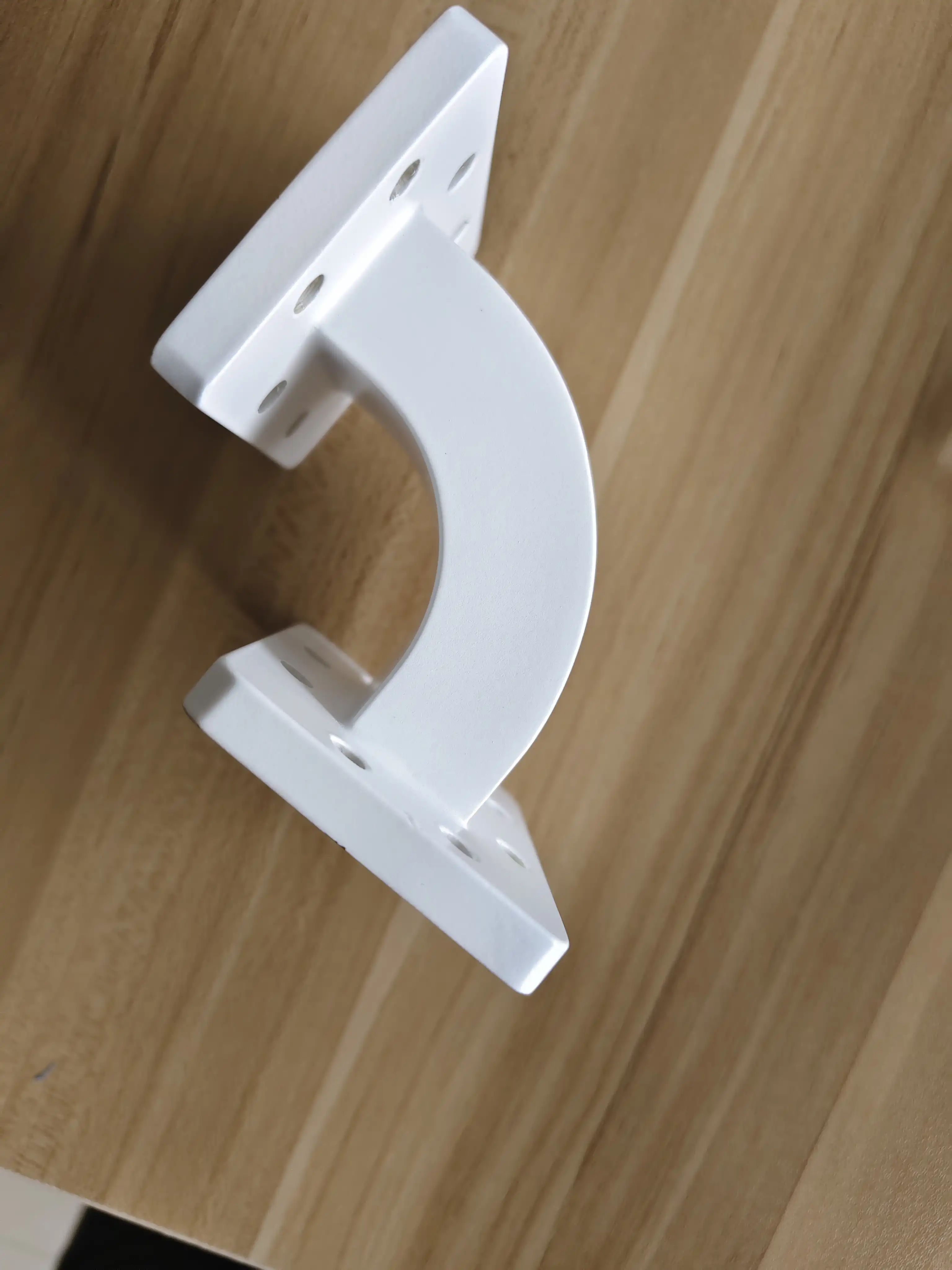
Understanding Double Ridge Waveguide Technology in Aviation Weather Radar
The aviation industry has long grappled with the challenge of implementing efficient weather radar systems that can operate across multiple frequency bands without requiring separate waveguide installations for each band. Double-ridge waveguide technology represents a significant advancement in solving this complex engineering problem. Unlike conventional rectangular waveguides that are optimized for specific narrow frequency ranges, the Double Ridge Waveguide Bend incorporates a unique internal geometry featuring two parallel ridges that run longitudinally along the broad walls of the waveguide structure. This innovative design fundamentally alters the electromagnetic field distribution within the waveguide, allowing it to support a much broader frequency spectrum while maintaining single-mode operation. The double-ridge structure achieves its wideband performance through carefully engineered capacitive loading introduced by the ridges. This loading effect lowers the cutoff frequency of the fundamental mode while simultaneously raising the cutoff frequency of higher-order modes, thereby expanding the usable single-mode bandwidth. For commercial airlines, this translates to a practical solution where a single waveguide installation can accommodate both C-band weather radar systems operating around 5.4 GHz and X-band systems operating at 9.3 GHz. This dual-band capability is particularly valuable in the aviation sector, where different aircraft models or mission profiles may require different radar frequency selections, yet standardized waveguide installations across fleet operations offer significant logistical and economic advantages.
The implementation of Double Ridge Waveguide Bend technology in weather radar installations provides airlines with unprecedented flexibility in system configuration. When aircraft undergo avionics upgrades or radar system replacements, the existing double-ridge waveguide infrastructure can be retained, supporting both legacy C-band systems and modern X-band radars without requiring costly waveguide replacement. This forward compatibility protects airlines' infrastructure investments while enabling them to adopt advanced weather detection technologies as they become available. The double-ridge design also exhibits superior performance characteristics compared to oversized rectangular waveguides that might theoretically support multiple bands, offering lower attenuation at X-band frequencies and maintaining more controlled impedance characteristics across the entire operating spectrum.
Critical Performance Parameters of Double Ridge Waveguide Bends
The effectiveness of Double Ridge Waveguide Bend installations in commercial aviation weather radar systems hinges on several critical performance parameters that directly impact radar system reliability and detection capabilities. Attenuation characteristics represent one of the most crucial factors, as signal loss through the waveguide directly reduces the effective range and sensitivity of the weather radar system. Advanced double-ridge designs achieve attenuation levels at C-band that are only marginally higher than dedicated C-band rectangular waveguides, typically adding less than ten percent additional loss. At X-band frequencies, double-ridge waveguides actually demonstrate reduced attenuation compared to standard rectangular X-band waveguides, providing a performance advantage that enhances weather detection range at these higher frequencies where atmospheric attenuation is already more pronounced. Power handling capacity constitutes another essential parameter for aviation weather radar applications. Commercial aircraft weather radars operate with peak power levels ranging from several kilowatts to tens of kilowatts, depending on the specific radar model and performance requirements. The Double Ridge Waveguide Bend must safely handle these power levels without risk of voltage breakdown or thermal damage. The double-ridge geometry inherently provides excellent power handling capabilities through its optimized field distribution, which avoids excessive field concentrations that could lead to arcing or corona discharge. Modern double-ridge waveguide designs incorporate precision manufacturing techniques that ensure smooth internal surfaces and carefully controlled ridge geometries, minimizing points of high field intensity that might otherwise limit power handling capacity.
Voltage Standing Wave Ratio, commonly abbreviated as VSWR, serves as a critical indicator of impedance matching throughout the waveguide system. Poor impedance matching results in signal reflections that reduce transmitted power, create ghost echoes in radar returns, and potentially damage transmitter components through reflected power. High-quality Double Ridge Waveguide Bend installations maintain VSWR values below 1.5:1 across the entire operating bandwidth, ensuring that more than ninety-six percent of the transmitted power propagates toward the antenna. This exceptional impedance matching is achieved through precision manufacturing of the bend geometry, ensuring that the double-ridge profile is maintained consistently through the bend transition. Advanced manufacturing facilities employ computer numerical control machining and automated inspection systems to verify dimensional accuracy throughout the bend, maintaining the tight tolerances necessary for low VSWR performance.
Double Ridge Waveguide Bend Installation Advantages for Commercial Airlines
Commercial airlines face intense pressure to maximize aircraft availability while minimizing maintenance costs and operational disruptions. The adoption of Double Ridge Waveguide Bend technology in weather radar installations delivers substantial operational and economic advantages that directly address these business imperatives. Installation standardization represents perhaps the most significant benefit, as airlines can implement a uniform waveguide configuration across their entire fleet regardless of which specific weather radar model is installed in individual aircraft. This standardization dramatically simplifies maintenance procedures, reduces spare parts inventory requirements, and enables maintenance personnel to work efficiently across different aircraft types without needing to adapt to multiple waveguide configurations. The space and weight savings achieved through double-ridge waveguide installations contribute meaningfully to aircraft performance optimization. Traditional approaches requiring separate waveguides for different frequency bands necessarily consume more space within the aircraft's avionics bay and along the routing path to the antenna installation. Every kilogram of weight saved in the avionics systems translates to additional payload capacity or fuel efficiency improvements. Double Ridge Waveguide Bend installations eliminate redundant waveguide runs, reducing both weight and the physical space required for weather radar installation. This space efficiency becomes particularly valuable in modern aircraft designs where avionics bay real estate is at a premium due to the increasing number of electronic systems competing for limited space.
Future-proofing capabilities represent another compelling advantage of double-ridge waveguide installations. The aviation industry is experiencing rapid advancement in weather radar technology, with new systems offering enhanced weather detection algorithms, turbulence prediction capabilities, and integration with broader aircraft weather awareness systems. Airlines making infrastructure investments today understandably want to ensure that these investments will remain viable as radar technology evolves. The broad bandwidth support of Double Ridge Waveguide Bend installations ensures compatibility with both current and anticipated future radar systems. Whether an airline chooses to upgrade to advanced X-band systems offering superior resolution, or opts to retain proven C-band systems for specific operational profiles, the double-ridge waveguide infrastructure supports either choice without requiring costly replacement or modification.
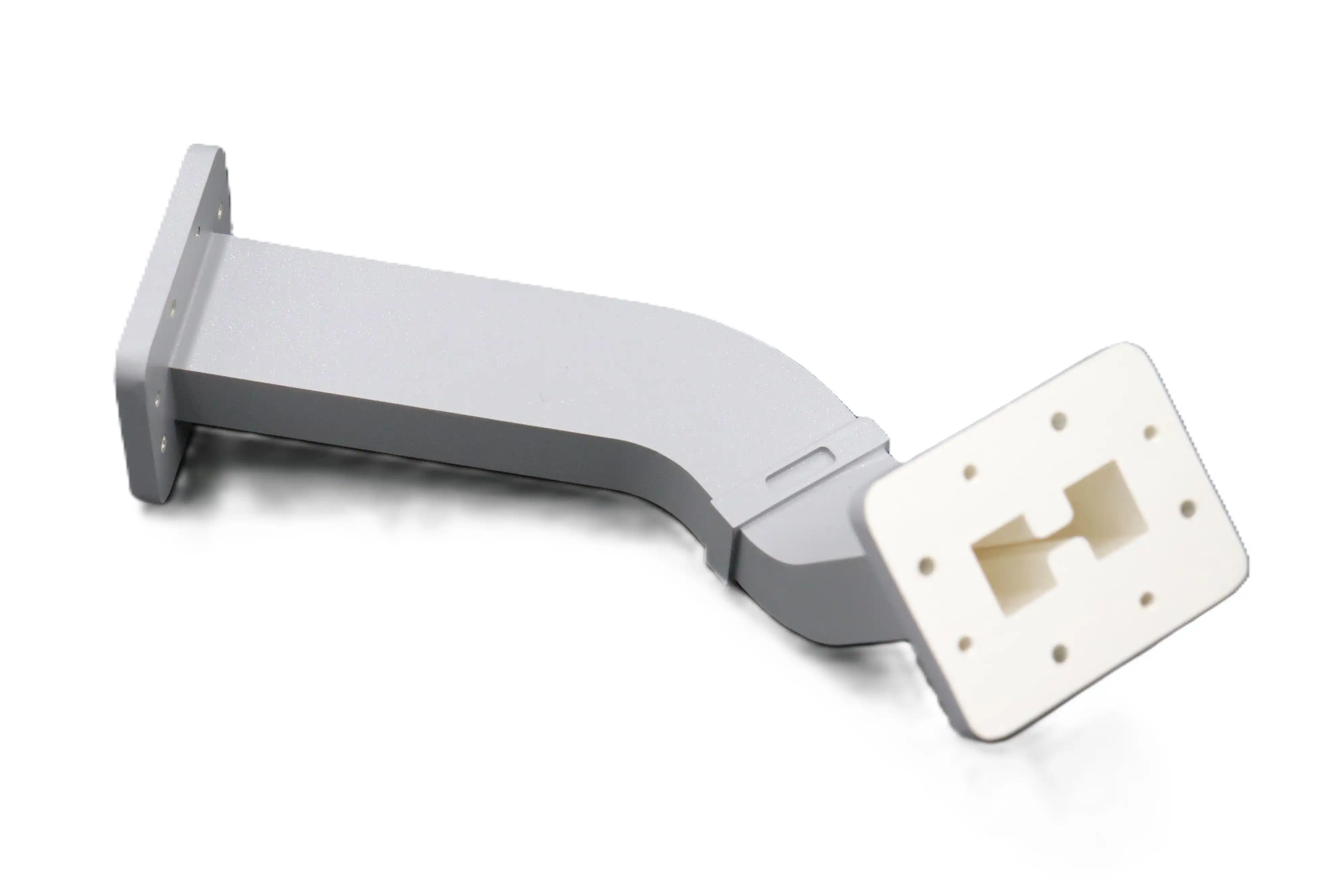
Technical Specifications and Customization Options
Advanced Microwave Technologies Co., Ltd. manufactures an extensive range of Double Ridge Waveguide Bend products specifically engineered to meet the demanding requirements of commercial aviation weather radar installations. Our manufacturing capabilities extend across a comprehensive frequency range from 0.5 GHz to 110 GHz, ensuring that we can support not only conventional C-band and X-band weather radar applications but also specialized systems operating at other frequency bands. Each Double Ridge Waveguide Bend is manufactured to exacting specifications, with precision-machined internal ridge profiles that maintain consistent impedance and field distribution throughout the bend transition. Our manufacturing facilities employ advanced computer-controlled machining centers capable of maintaining tolerances measured in microns, ensuring that every waveguide component meets the stringent performance requirements of aviation applications. Customization represents a core capability that distinguishes our approach to serving commercial aviation customers. We recognize that different aircraft platforms present unique installation challenges, with varying space constraints, routing requirements, and interface specifications. Our engineering team works closely with customers to develop customized Double Ridge Waveguide Bend solutions that address specific installation requirements. This customization extends to bend angles, with the capability to manufacture bends ranging from gentle fifteen-degree curves for gradually transitioning signal paths to sharp ninety-degree bends for routing around obstacles or accommodating tight installation spaces. Flange configurations can be customized to match existing aircraft installations or to accommodate specific radar equipment interfaces, ensuring seamless integration without requiring adapter hardware that would introduce additional insertion loss and potential reflection points.
Material selection and surface treatment options provide additional customization dimensions that enable optimization for specific operational environments. Standard aluminum construction offers an excellent balance of performance, weight, and cost-effectiveness for most commercial aviation applications. For installations requiring enhanced corrosion resistance or operating in particularly harsh environmental conditions, we offer copper construction with specialized surface treatments including chromate conversion coatings and protective paint systems. All materials and treatments are selected to comply with aerospace industry standards and customer-specific requirements, including RoHS compliance and conformance to flammability and toxicity regulations applicable to aircraft installations. Our quality management systems, certified to ISO 9001:2015 standards, ensure consistent manufacturing quality and comprehensive documentation supporting airworthiness certification processes.
Conclusion
Double-ridge waveguide technology represents a transformative advancement for commercial aviation weather radar installations, offering unprecedented bandwidth, installation flexibility, and future-proofing capabilities that directly address the complex requirements of modern airline operations.
Cooperate with Advanced Microwave Technologies Co., Ltd.
Advanced Microwave Technologies Co., Ltd. stands as a premier China Double Ridge Waveguide Bend manufacturer, combining over twenty years of specialized experience in microwave technology with state-of-the-art manufacturing and testing capabilities. As a leading China Double Ridge Waveguide Bend supplier, we offer comprehensive OEM services tailored to the exacting requirements of commercial aviation weather radar installations. Our position as a trusted China Double Ridge Waveguide Bend factory is reinforced by our ISO 9001:2015, ISO 14001:2015, and ISO 45001:2018 certifications, demonstrating our commitment to quality, environmental responsibility, and workplace safety. For airlines and avionics integrators seeking High Quality Double Ridge Waveguide Bend solutions, we provide rapid prototyping capabilities with quick turnaround times, enabling you to evaluate our components in your specific application before committing to production quantities.
Our competitive Double Ridge Waveguide Bend price structure reflects efficient manufacturing processes and robust supply chain management, while never compromising on the quality and reliability essential for aviation applications. We offer China Double Ridge Waveguide Bend wholesale options for large-scale fleet installations, providing volume pricing that makes fleet-wide standardization economically attractive. With Double Ridge Waveguide Bend for sale in various configurations and specifications, we can support both new aircraft installations and retrofit programs for existing fleets. Our technical support team, backed by comprehensive testing capabilities including our remarkable 24-meter Microwave Darkroom with frequency coverage extending to 110 GHz, provides expert guidance throughout the specification, installation, and operational phases of your weather radar system deployment.
Contact our team today at craig@admicrowave.com to discuss your specific weather radar waveguide requirements. Whether you need custom bend angles, specialized flange configurations, or technical consultation on optimizing your waveguide installation for maximum performance, our experienced engineers are ready to develop solutions that meet your needs. Bookmark this article for future reference whenever you encounter weather radar installation challenges, and reach out to discover how our Double Ridge Waveguide Bend solutions can enhance your aircraft weather detection capabilities while simplifying installation and reducing lifecycle costs.
References
1. Cohn, S. B., "Properties of Ridge Wave Guide," Proceedings of the IRE, Institute of Radio Engineers
2. Hopfer, S., "The Design of Ridged Waveguides," IRE Transactions on Microwave Theory and Techniques, Institute of Radio Engineers
3. Chen, T. S., "Calculation of the Parameters of Ridge Waveguides," IEEE Transactions on Microwave Theory and Techniques, Institute of Electrical and Electronics Engineers
4. Aeronautical Radio Inc., "5.7 Cm Weather Penetration Airborne Radar," ARINC Characteristic No. 529, Aeronautical Radio Incorporated





